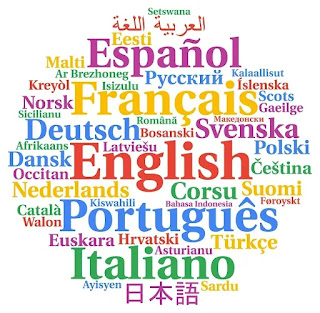We are entering a troubling era in education where artificial intelligence tools like ChatGPT, designed to support learning, are now being misused to replace learning altogether. Across universities and colleges, a growing number of students are relying entirely on AI to complete their assignments, theses, and even day-to-day class tasks all without actually understanding or learning the material.
What was meant to be a tool for guidance has quietly become the crutch for academic survival. Students now submit essays they didn’t write, solve equations they never learned, and present projects they barely understand. The result? A generation walking out of universities with degrees in hand but no real-world skills to show for it.
This isn't just speculation. Increasingly, educators are reporting cases where students can’t explain their own research papers during presentations. Employers notice that fresh graduates lack the ability to think critically or solve problems independently. The moment of truth comes during job interviews or professional tasks and that’s when the gap becomes painfully obvious.
This overdependence on AI is a loss not just for the students, but for the whole educational system. Degrees are becoming hollow badges, and the real essence of higher education learning, struggling, growing is fading fast.
AI like ChatGPT should be used to clarify concepts, brainstorm ideas, or check grammar not to bypass the entire process of thinking and learning. Students must understand that while AI can provide answers, it can’t build their careers for them. Skill comes from effort, repetition, failure, and understanding not from shortcuts.
Let this be a wake-up call. If we don’t shift our focus back to real learning and skill development, we’re not just cheating the system, we’re cheating ourselves.





